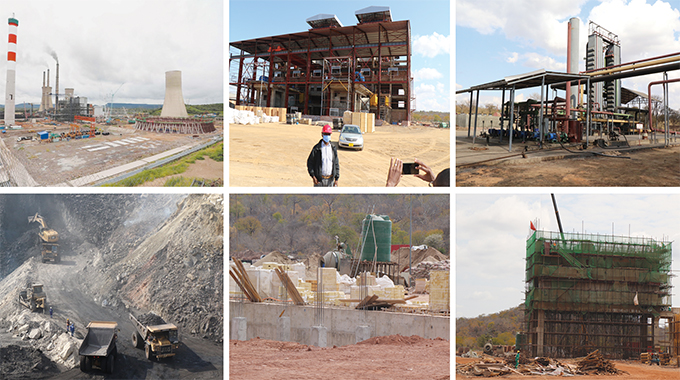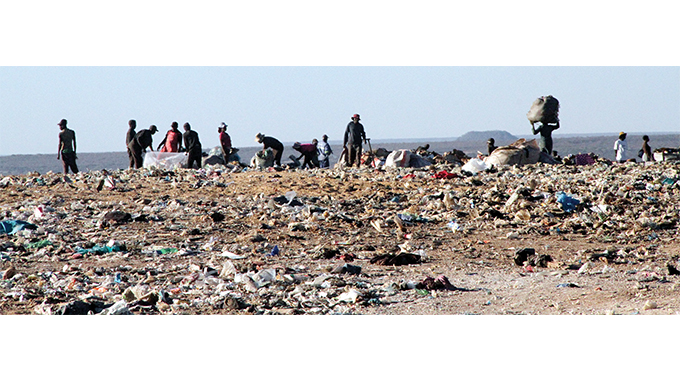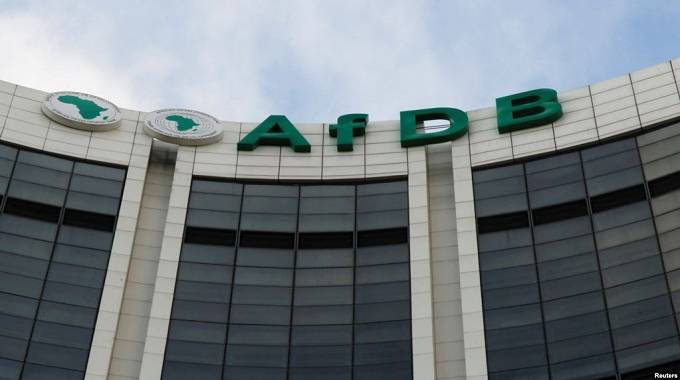Mat North sitting on millions of untapped economic opportunities

Yoliswa Dube-Moyo
MATABELELAND North Province could contribute a more significant chunk to the country’s gross domestic product if all stakeholders play their cards right.
While some projects undertaken in the province have been deemed pipe dreams by prophets of doom, dreams do come true after all.
Currently, the global recession induced by the devastating Covid-19 pandemic has threatened many dreams but efforts are being made by different players in the province to bolster the country’s economy.
A close analysis of African economies reveals that minerals and oil have been the engines driving development and pillars for sustainable growth.
Zimbabwe holds vast coal reserves and President Mnangagwa is expected to visit Hwange where he will officially open South Mining New Coking Project and tour other coal mining companies in the province tomorrow and on Friday.
The President will visit Zimbabwe ZhongXin Coking Company (ZZCC), whose coal-driven power station on the outskirts of Hwange, will contribute 300MW to the national grid once complete. The project is being done in phases of 50MW with the first phase to be completed in October.
On completion, the power plant will consume 300 000 tonnes of coal annually. On the other hand, Zambezi Gas whose operations are also based in the province, plans to double output to 200 000 tonnes in the next three months after the miner received a major boost from an unnamed local investor. The firm is one of Zimbabwe’s biggest coal producers.
At present, 60 percent of Zambezi Gas output is going to the Zimbabwe Power Company’s thermal power stations dotted across the country.
Zambezi Gas also supplies all industrial sectors locally but the company has been failing to meet demand because of the existing coal pricing model with calls on Government to come up with a coal supply pricing structure that is comparable with regional countries.
Players in the industry have been pushing for Government to increase the forex retention levels to 80 percent from the prevailing 50 percent to boost their operations.
Although still a dream that is yet to be realised, coal bed methane (CBM) reserves in Lupane could be a saving grace to the country’s economy once operations are in full swing.
According to experts, CBM reserves in Lupane could be exploited over a period of 50 years.
Meanwhile, the appetite for liquefied petroleum gas (LPG) which can be processed from CBM, is growing in the country with the Zimbabwe Energy Regulatory Authority indicating that the country has recorded a significant rise in household consumption of LPG in recent years.
Through exploitation of CBM, analysts say Zimbabwe could turn from a net importer of fertilisers to a net exporter, which would help preserve hard currency.
Apart from heating, power generation and petrochemicals production, CBM is also used to produce hydrogen, one of the major raw materials in the manufacturing of fertiliser.
The country’s tourism industry has been one of our economic drivers for years. Matabeleland North province is home to some of Zimbabwe’s premium tourism destinations.
Although tourist arrivals have seen a slump in recent months due to travel restrictions imposed in countries across the globe to help slow the spread of Covid-19, tourism potential remains huge.
The Hwange National Park, one of Africa’s top national parks is home to the Big Five and 100 other species of mammals. The park has the biggest diversity of mammals out of the world’s national parks. The Belgium-sized park is also home to some 50 000 elephants and is known for regular sightings of cheetah, leopard and lion, as well as one of Africa’s largest populations of the endangered wild dog and rare species such as roan and sable. Birdwatchers will be impressed with the 500 species recorded there.
Victoria Falls, a prime tourist destination, has continually seen investors committing themselves to the country.
About 18 new properties have been developed in the resort town over the past few months, among them the Zambezi Island Lodge, The River Brewery, The Old Drift Lodge, The Great Plains Lodge, Nguni Boutique Lodge and Mbano Manor Lodge while Ilala Lodge has added 18 rooms.
Victoria Falls Safari Lodge has also refurbished its bar and other facilities as players seek to meet international standards well sought by clients. Rainbow Tourism Group recently completed a $1 million refurbishment of Victoria Falls Rainbow Hotel in line with international standards and accommodation needs of modern clients.
Shearwater Adventures also commissioned the Explorers’ Village, built at a cost of $4 million to add onto accommodation facilities and reduce room deficiency in Victoria Falls.
Tourism is one of the key pillars identified by Government to drive economic recovery while Victoria Falls was identified as one of the three main Special Economic Zones (SEZs).
Binga, widely known as a hidden gem, has yet to be fully exploited.
It has several tourist attractions and activities such as the Bumi Hills, a crocodile farm, water sports, a beach, hot springs, boat cruising and several fisheries opportunities.
The District Development Fund (DDF) recently refurbished the Binga airstrip to enable aircraft to land smoothly and ease transport challenges faced by tourists visiting the area.
There is also potential for tourism activities such as camping, fishing and boating on the Zambezi River push back where the water pump station is located, as well as guided cultural tours.
One day, Covid-19 will go away and the country will again enjoy tourist arrivals at the various destinations the province has to offer.
There are a lot of fishermen in the province who can now value-add by establishing canneries where fish can be packaged and exported to other districts and towns countrywide.
Zimbabwe holds an estimated 60 percent of all the dammed water in southern Africa and home to the largest freshwater fish farm in Africa.
Two years ago, government launched an ambitious $432 million project that would help improve the country’s aquaculture output.
Work continues to develop fish farming and fish consumption in the country.
According to a 2017 United Nations Environment Programme (UNEP) report, over two million crocodile skins are traded annually around the world and after the United States, Zimbabwe ranks as the world’s second-largest exporter of the reptile’s products.
A number of crocodile farmers in the province have had to operate in a challenging economic environment that threaten the country’s trade of over 100 000 skins a year.
Key figures in the crocodile industry say more concrete reforms are required if the industry is to survive.
While Zimbabwe’s Nile crocodile products have dominated markets, other countries such as Zambia and Mozambique have entered the field over the past decade.
The increase of cheaper, high-quality leather worldwide has also raised the demand for superior products, increasing pressure of Zimbabwe’s producers, some of whom are based in Matabeleland North, to continue to improve their offerings.
Ninety percent of the crocodile business is exports, and a good portion of that business is made by attending fairs around the world, experts say.
There is need to assist farmers with export permits, markets and other support to capacitate them.
By nature, crocodiles are a high-cost venture, and the export business depends on the relationships one builds with other countries.
Processed and semi-processed hides from tanners are mainly headed for US markets where they sell for US$350 to US$550 a skin, depending on size and quality. Some are turned into handmade crocodile boots that sell for at least US$1 500, while others are made into belts and furniture fittings.
Raw or processed skins from Zimbabwe’s other crocodile farmers are sold to suppliers for leading designer brands such as Louis Vuitton, Hermes and Gucci. Luxury handbags by these brands retail for at least US$50 000 while belts go for US$4 200.
Despite the hurdles facing large and small crocodile traders, Zimbabwe’s crocodile export industry is a viable enterprise with the potential to grow even bigger in an ideal environment.
Agriculture remains a major contributor to the country’s economy with farmers in Matabeleland North province encouraged to grow small grains due to the climatic conditions in the region.
Under the Winter Wheat Programme, farmers in the province planted 489 hectares against a targeted 500 hectares with an expected harvest of 3 423 tonnes of wheat.
The province could contribute more to the country’s agriculture sector if the Bulawayo Kraal Irrigation Scheme becomes fully operational. The scheme in Binga would have up to 15 000hectares under irrigation.
The water would be coming from the Zambezi River.
There is so much economic potential to be exploited in the province with a bit of innovation and lucrative investment. In fact, Matabeleland North province is sitting on millions of untapped economic opportunities. — @Yolisswa Dube Moyo












Comments